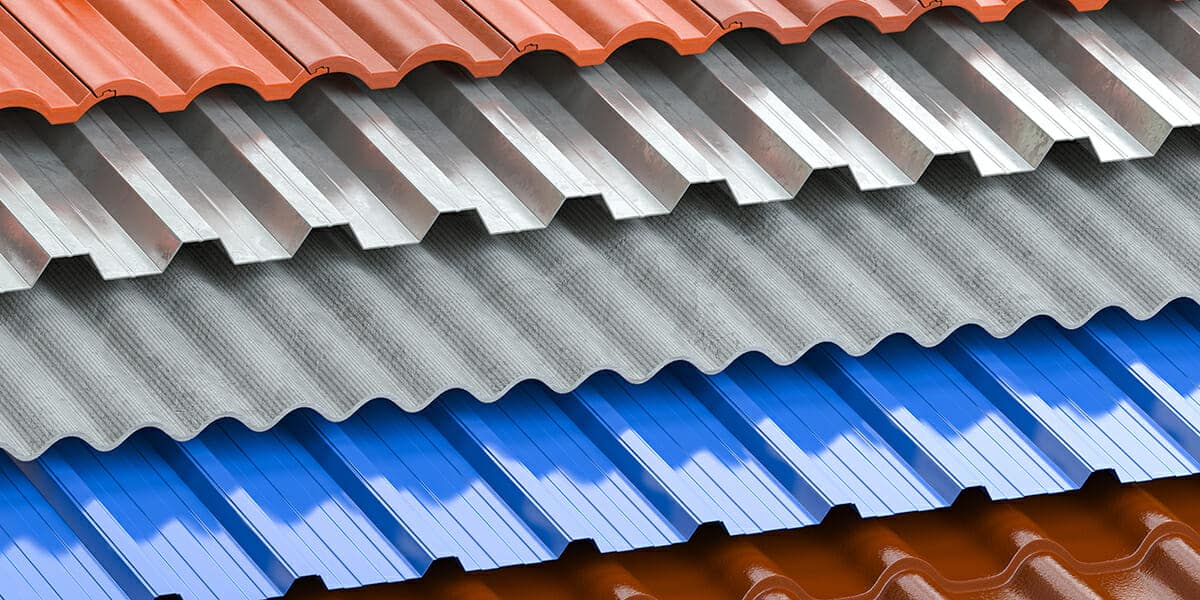
The Hidden Impact of Roof Colors on Your Home’s Lifespan
Choosing the right roof color is more than a cosmetic decision; it’s crucial for the longevity and efficiency of your home. Let’s delve into how different colors can transform your roof’s performance and boost its lifespan. For more details on selecting the perfect roof color, Enhance your knowledge .
Boosting Energy Efficiency with Reflective Colors
- Lighter Roofs for Hot Climates: Lighter shades, such as whites and specific grays, reflect UV rays. This reflective property reduces heat absorption, keeping your home cooler and lowering cooling costs. Roof color longevity benefits from reduced thermal stress.
- Darker Roofs for Cooler Climates: Dark colors like blacks and browns absorb heat. This retention is beneficial in colder regions, potentially reducing heating costs and contributing to roof color longevity by preventing freeze-thaw damage.
Popular Roof Colors: Enhancing Functionality and Aesthetics
Different roof colors offer unique benefits:
- light Browns and Beiges: Ideal for warmer climates due to their reflective properties.
- Dark Browns and Blacks: Excellent for colder areas, as they retain heat.
- Blues and Greens: These trendy shades are gaining popularity for their unique aesthetic appeal while still offering energy efficiency.
Timeless Elegance: Choosing Roof Colors That Last
Roof color longevity is not just about functionality but also about timeless appeal. Here’s how to ensure your roof remains stylish and durable:
To understand how roof color impacts energy efficiency, Boost your home .
2024 Roof Color Trends: What’s Hot
Stay ahead of the curve with these trending colors:
- Warm Earthy Browns: From sand to autumn hues, these colors offer a natural look that blends with various landscapes.
- Sophisticated Off-Whites: Shades like beige and stone provide a classic, elegant appearance.
- Vibrant Blues and Greens: These colors, such as denim and forest green, add a bold touch to modern homes.
Increasing Resale Value with Strategic Color Choices
The color of your roof can significantly impact your home’s resale value:
- Aesthetic Appeal: Choose colors that enhance your home’s architectural style. Roof color longevity plays a role in maintaining this appeal over time.
- Functionality: Opt for colors that provide practical benefits, such as energy efficiency and durability.
Practical Tips for Maximizing Roof Color Longevity
Climate Considerations: Match Your Roof to Your Environment
Consider these factors to ensure your roof color supports longevity:
- Hot Climates: Light colors like white or beige are best for reflecting sunlight and keeping your home cool.
- Cold Climates: Dark colors such as black or brown help retain heat and reduce heating costs.
If you’re considering a roof upgrade, Improve efficiency .
Harmonizing with Architectural Style
Your home’s style should influence your roof color choice:
- Mediterranean Homes: Red roofs complement the warm, earthy tones.
- Colonial Designs: Grays and blacks suit these classic structures.
For expert insights into boosting your home’s curb appeal, Maximize longevity.
FAQs: Answering Your Roof Color Longevity Questions
Q: What roof colors are best for extending the lifespan of my home?
A: Light colors like beige or white reflect sunlight and minimize heat absorption, reducing cooling costs. Dark colors like black can retain warmth during cooler periods, enhancing roof color longevity.
Q: How does roof color impact energy efficiency and reflectivity?
A: Lighter colors reflect sunlight, minimizing heat absorption and reducing the need for air conditioning. Darker colors absorb heat and can retain warmth, lowering heating costs and contributing to roof color longevity.
Q: What are the popular roof colors that offer long-term benefits?
A: Colors such as light and dark browns, blues, greens, and off-whites are popular. These shades not only enhance aesthetics but also improve energy efficiency and roof color longevity.
Q: What are timeless aesthetics when choosing my roof color?
A: Timeless shades like beige, taupe, black, and gray remain appealing over time and suit various architectural styles, ensuring roof color longevity.
Q: What are the roof color trends for 2024?
A: Trending colors include warm earthy browns, off-whites, and vibrant blues and greens. These choices reflect a blend of traditional and modern preferences, promoting roof color longevity.
Q: How can I choose the best roof colors for resale value?
A: Harmonize your roof color with your home’s siding and architectural style. Favorites like beige, tan, black, and gray safeguard against outdated looks, ensuring roof color longevity.
Q: How can I balance aesthetics and functionality when choosing roof colors?
A: Consider your home’s style, regional Climate, and potential resale value. Select a color that offers both visual appeal and practical benefits, enhancing roof color longevity.
Q: What are ideal color combinations for my siding and roof?
A: Classic contrasts like beige or white siding with a dark roof are effective. Red roofs complement Mediterranean homes, while grays and blacks suit Colonial designs, ensuring roof color longevity.
Q: Why is roof color longevity important for my home?
A: Roof color longevity ensures your home remains aesthetically pleasing, energy-efficient, and durable, reducing maintenance costs and increasing market value.
In conclusion, choosing the right roof color involves balancing aesthetics, energy efficiency, and climate considerations. Timeless shades and trendy hues both play a role in enhancing roof color longevity, making your home stylish and sustainable for years to come.